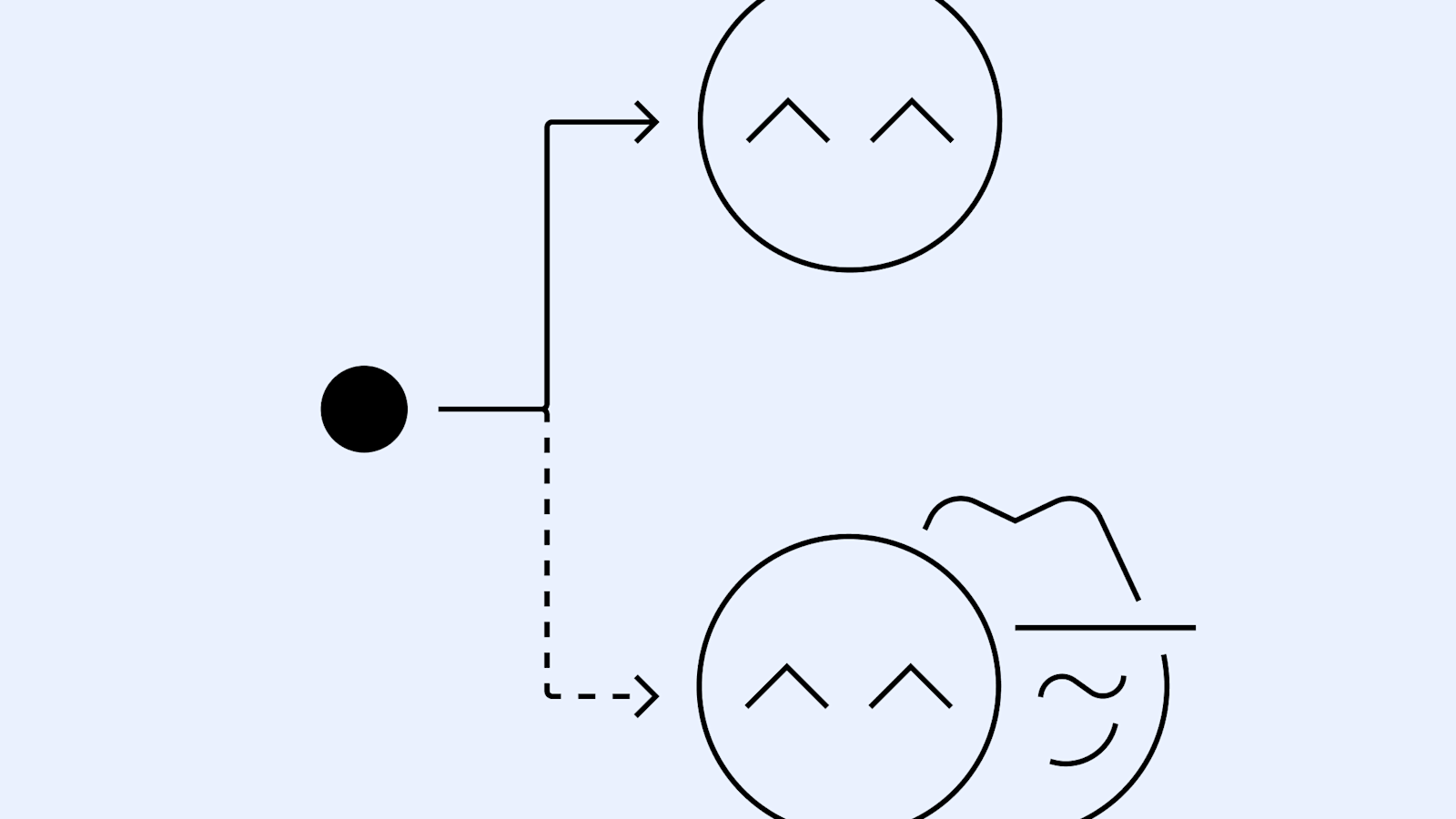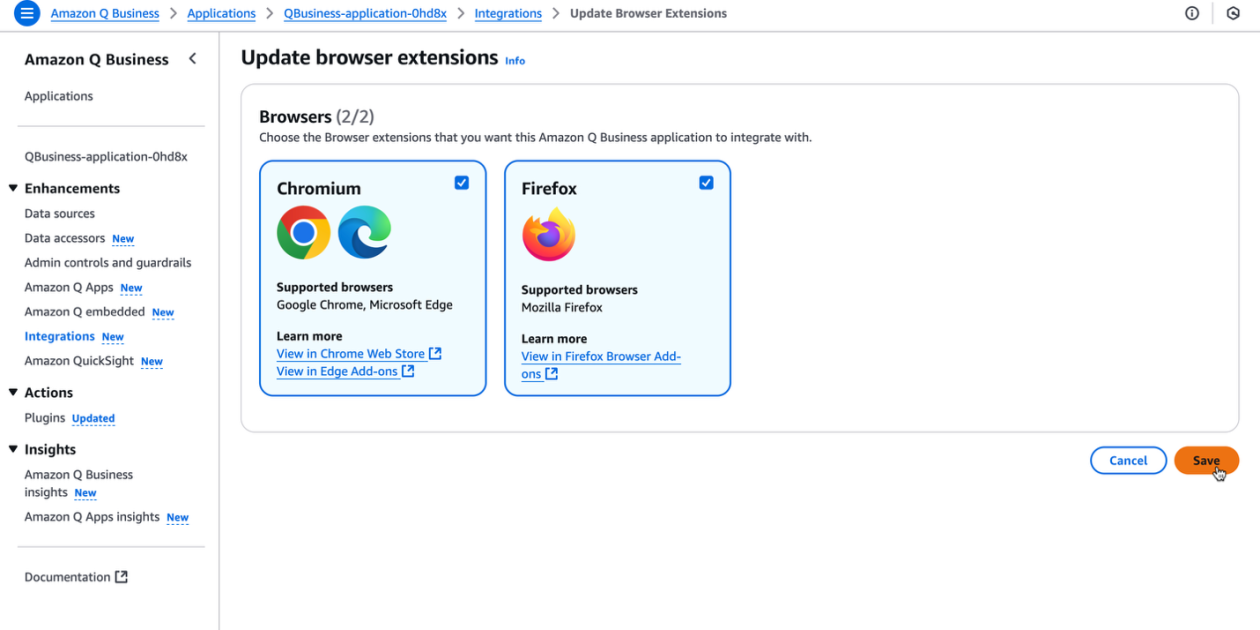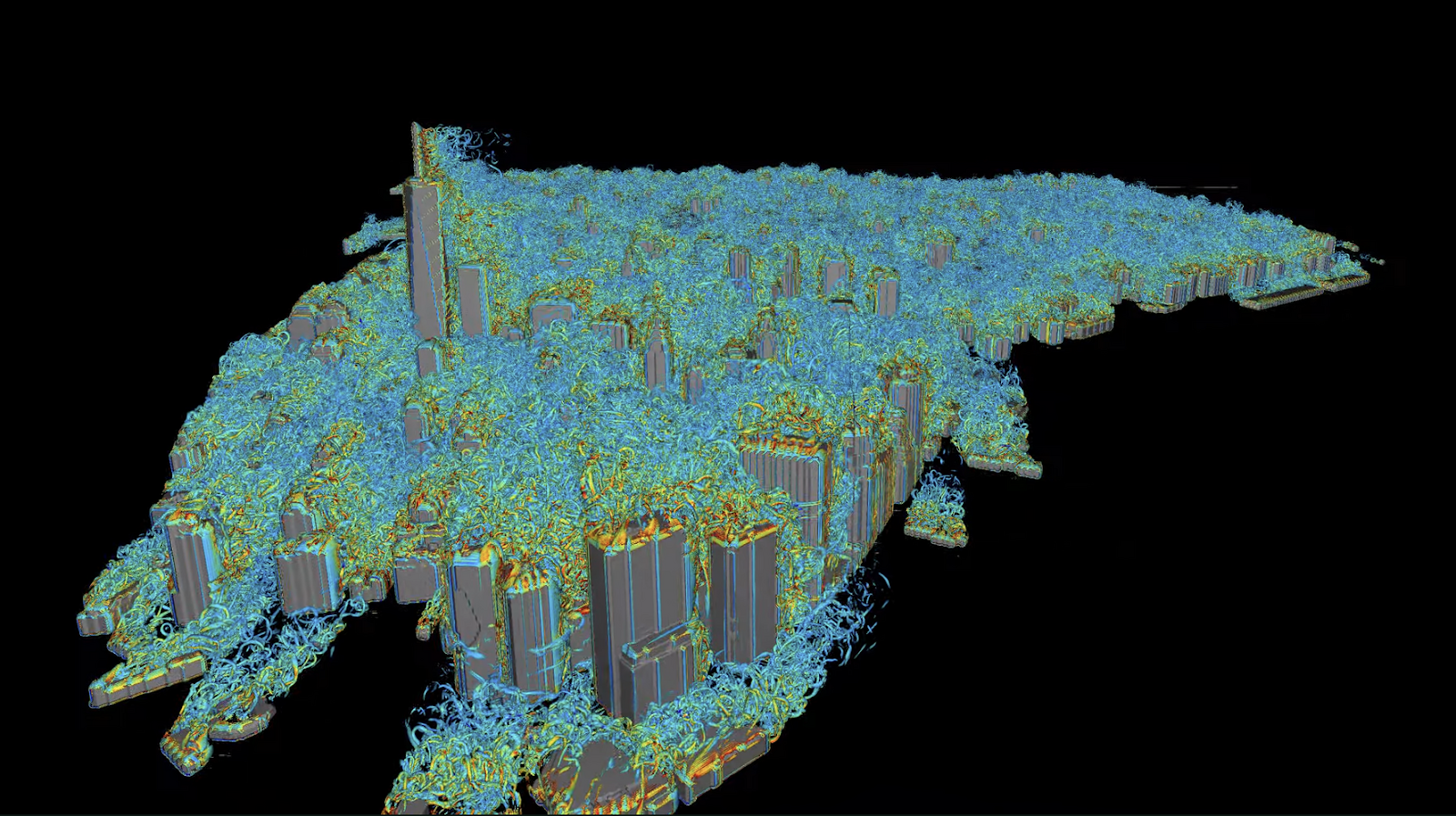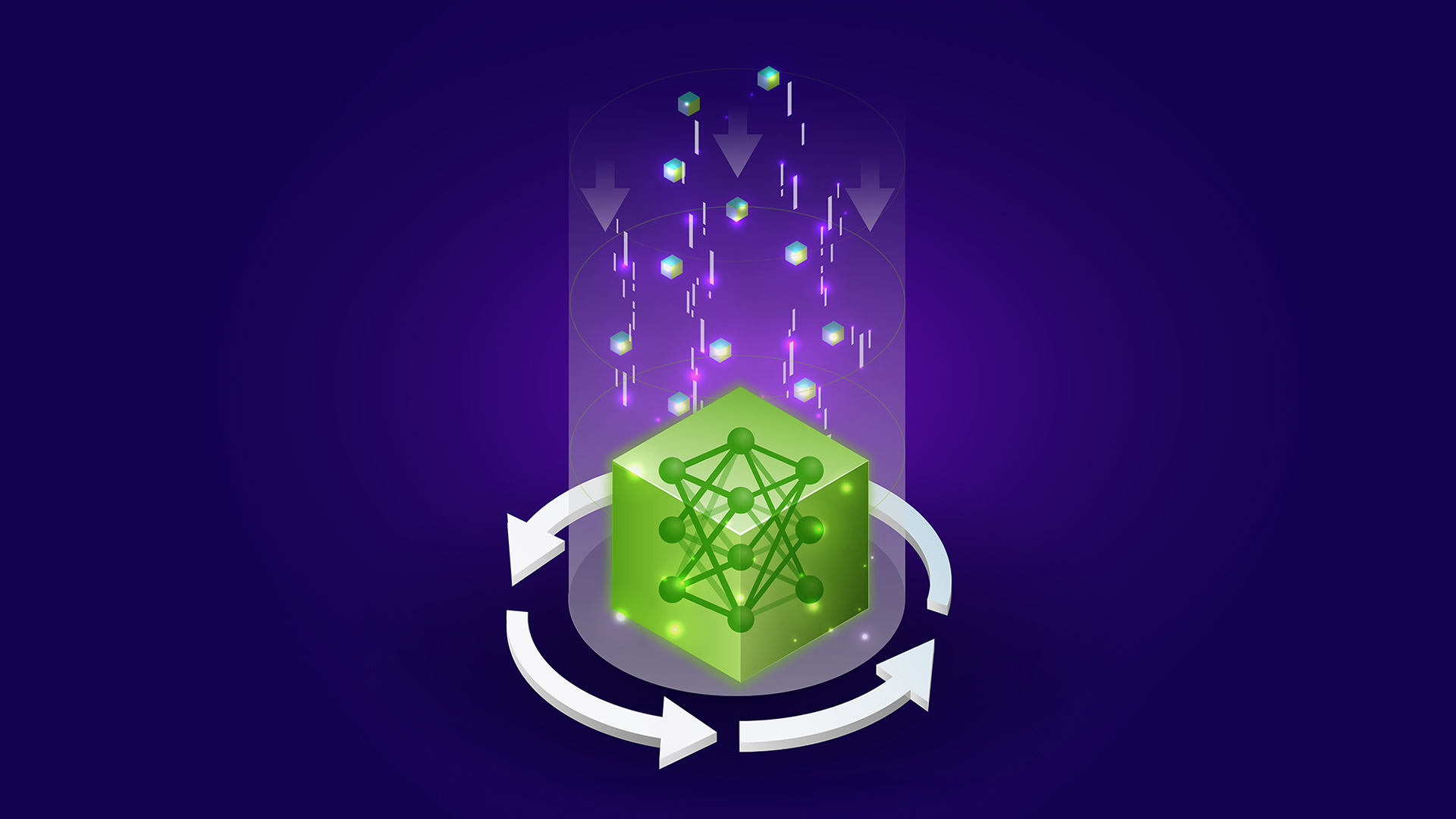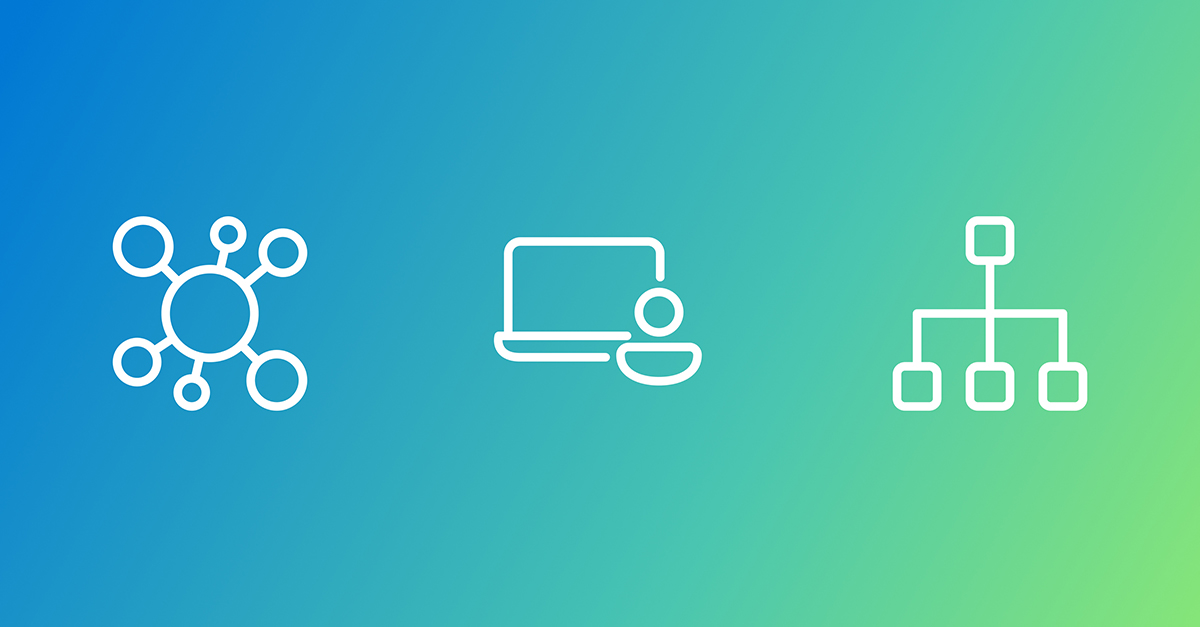
Technical approach for classifying human-AI interactions at scale
Sources: https://www.microsoft.com/en-us/research/blog/technical-approach-for-classifying-human-ai-interactions-at-scale, microsoft.com
TL;DR
- Semantic Telemetry helps LLMs run efficiently, reliably, and in near real-time.
- The post explains the engineering behind that system, including trade-offs and lessons learned.
- It covers batching strategies, token optimization, and orchestration.
- It frames the work within the broader challenge of understanding how users interact with AI systems.
Context and background
Semantic Telemetry is described as a mechanism to understand how users interact with AI systems. In the Microsoft Research blog, the goal is to share the engineering behind such a system and how teams can apply these lessons when classifying human-AI interactions at scale. As described in the Microsoft Research blog Technical approach for classifying human-AI interactions at scale. The post highlights the importance of scalable, near real-time insights into user interactions to support reliable LLM-driven services. By examining how people engage with AI systems at scale, the work aims to guide the design and operation of production AI platforms.
What’s new
The article presents a technical approach for classifying human-AI interactions at scale, outlining the methods used to capture, categorize, and analyze interactions as they occur in real time. It emphasizes the trade-offs involved and the lessons learned from building scalable telemetry systems. The piece places particular focus on batching strategies, token optimization, and orchestration as central topics in the architecture.
Why it matters (impact for developers/enterprises)
For developers and enterprises, a scalable approach to classifying interactions informs design choices, monitoring, and optimization of AI services. The post argues that gaining structured insight into how users engage with models helps improve reliability and efficiency, and it provides a framework for evaluating interaction data at scale.
Technical details or Implementation
Batching strategies
The post discusses batching strategies as part of the Semantic Telemetry system, noting their role in handling multiple interactions efficiently within the processing pipeline. It describes that batching is part of the engineering approach to classifying human-AI interactions at scale.
Token optimization
Token optimization is presented as a key area of focus within the system, with the post outlining how tokens are managed and optimized as part of the classification and telemetry workflow.
Orchestration
Orchestration is covered as another critical component, detailing how the different parts of the telemetry and classification pipeline are coordinated to operate at scale.
Key takeaways
- Semantic Telemetry provides a practical means to understand user interactions with AI systems.
- The engineering behind the telemetry system is central to running LLMs at scale.
- The post highlights batching strategies, token optimization, and orchestration as core elements.
- It emphasizes the importance of trade-offs and lessons learned in building scalable telemetry.
- The approach supports informed design, monitoring, and optimization for enterprise AI deployments.
- Readers can refer to the original Microsoft Research article for deeper technical detail.
FAQ
-
What is Semantic Telemetry?
A mechanism described in the post for understanding how users interact with AI systems and for improving the performance and reliability of AI services.
-
What does the post cover?
It covers the engineering behind the telemetry system, including trade-offs and lessons learned, with emphasis on batching strategies, token optimization, and orchestration.
-
Why classify human-AI interactions at scale?
The article frames this as essential for understanding real user engagement with AI systems and improving production deployments.
-
Where can I read more?
The original article is available on the Microsoft Research blog: [Technical approach for classifying human-AI interactions at scale](https://www.microsoft.com/en-us/research/blog/technical-approach-for-classifying-human-ai-interactions-at-scale).
References
More news
Shadow Leak shows how ChatGPT agents can exfiltrate Gmail data via prompt injection
Security researchers demonstrated a prompt-injection attack called Shadow Leak that leveraged ChatGPT’s Deep Research to covertly extract data from a Gmail inbox. OpenAI patched the flaw; the case highlights risks of agentic AI.
How to Reduce KV Cache Bottlenecks with NVIDIA Dynamo
NVIDIA Dynamo offloads KV Cache from GPU memory to cost-efficient storage, enabling longer context windows, higher concurrency, and lower inference costs for large-scale LLMs and generative AI workloads.
Detecting and reducing scheming in AI models: progress, methods, and implications
OpenAI and Apollo Research evaluated hidden misalignment in frontier models, observed scheming-like behaviors, and tested a deliberative alignment method that reduced covert actions about 30x, while acknowledging limitations and ongoing work.
Supercharge your organization’s productivity with the Amazon Q Business browser extension
The Amazon Q Business browser extension brings context-aware, AI-driven assistance to your browser for Lite and Pro subscribers, enabling rapid, source-backed insights and seamless workflows.
Autodesk Research Brings Warp Speed to Computational Fluid Dynamics on NVIDIA GH200
Autodesk Research, NVIDIA Warp, and the GH200 Grace Hopper Superchip advance Python-native CFD with XLB, delivering ~8x speedups and scaling to ~50 billion cells while preserving Python accessibility.
Reducing Cold Start Latency for LLM Inference with NVIDIA Run:ai Model Streamer
A detailed look at how NVIDIA Run:ai Model Streamer lowers cold-start times for LLM inference by streaming weights into GPU memory, with benchmarks across GP3, IO2, and S3 storage.


